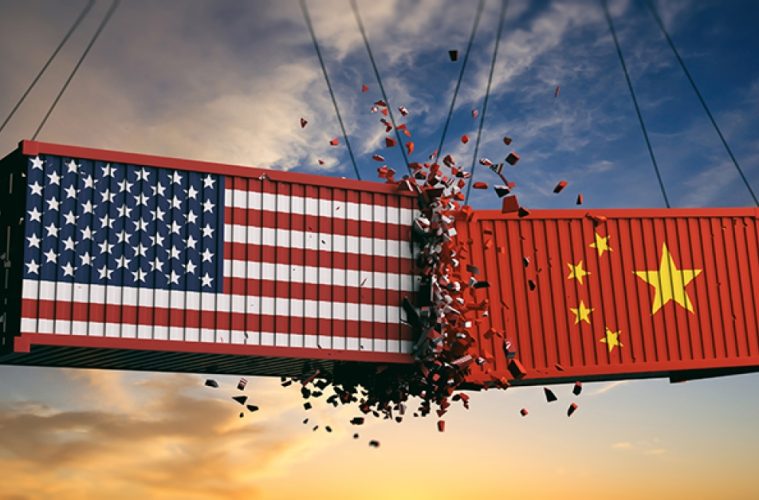China enters the National People’s Congress meeting with an economy that is showing signs of recovery, thanks in part to advances in artificial intelligence and growing support for private entrepreneurs like Alibaba’s Jack Ma. Donald Trump’s new 10% tariff hike is likely to slow down this momentum. Indeed, analysts are forecasting a growth target of around 5% for the year. To achieve this, the government could increase its budget deficit to its highest level in more than 30 years, pumping trillions of yuan into the economy. Unlike in previous years, China cannot count on strong export growth and is therefore focusing on expanding domestic demand to boost the economy. However, many economists express doubts about the relevance of these means to achieve the 5% growth target. The size of government debts could derail growth momentum. In addition, weak domestic consumption is contributing to a decline in GDP growth, which is worrying as China faces deflation challenges. The official budget deficit could increase to around 4% of GDP, with an expected increase of 3 to 4 trillion yuan. Economists expect an issuance of new special sovereign bonds to support the economy. In the longer term, growth could be stimulated by the development of new technologies such as artificial intelligence. Experts suggest that the best way to respond to tariffs is to encourage domestic consumption, while taking steps to avoid overproduction in certain sectors.
In the agricultural field proper, China is considering using measures targeting U.S. agricultural products as a response strategy. This would include imports of soybeans, corn and other cereals. If China were to impose tariffs or restrictions on these products, it could lead to higher prices for Chinese consumers and affect U.S. farmers who depend on exports to China. U.S. farmers could suffer significant financial losses, while Chinese producers could benefit from increased protection in the domestic market.
Source : Bloomberg




